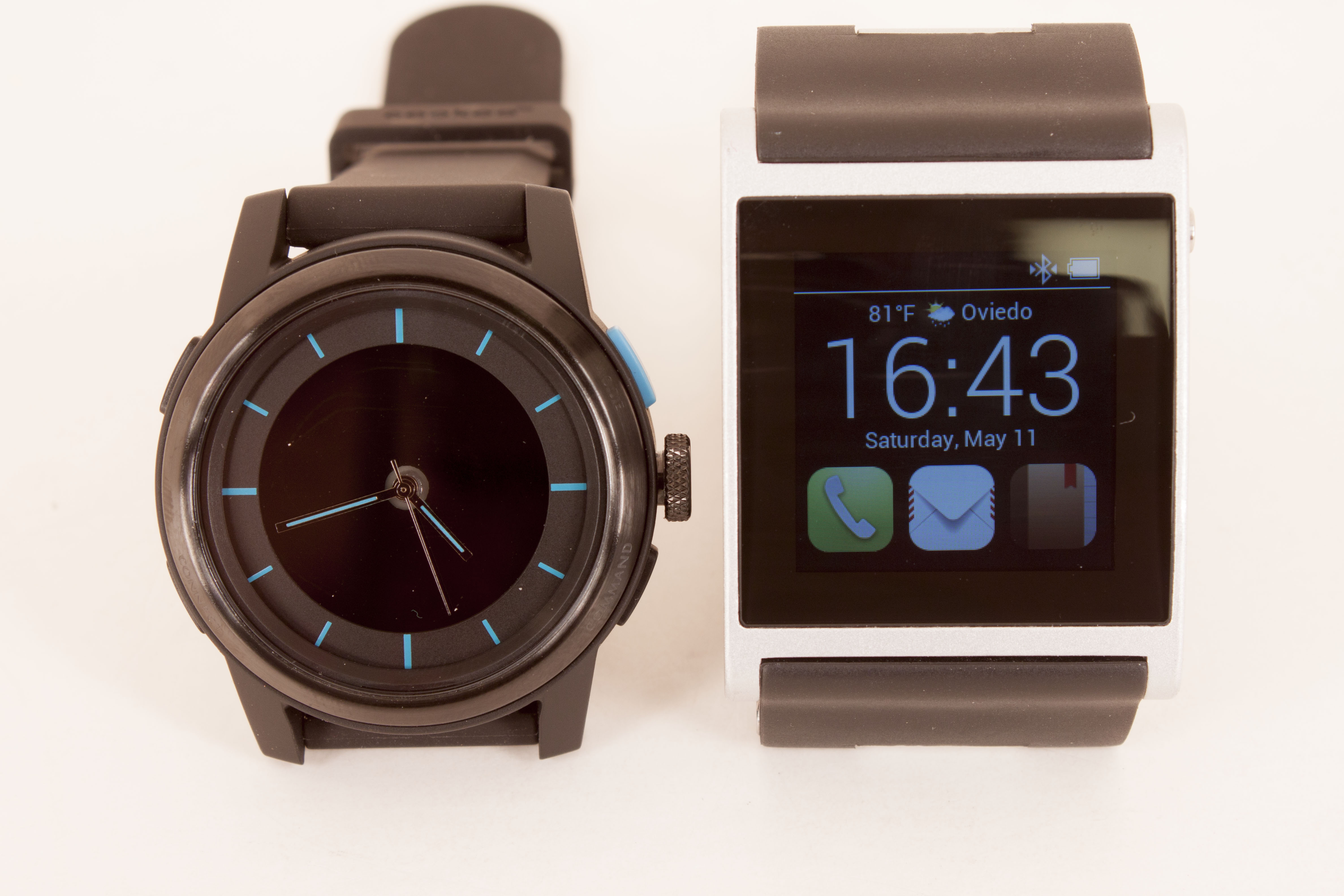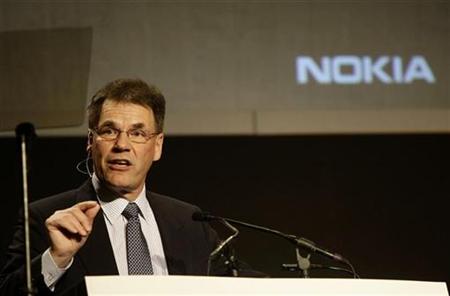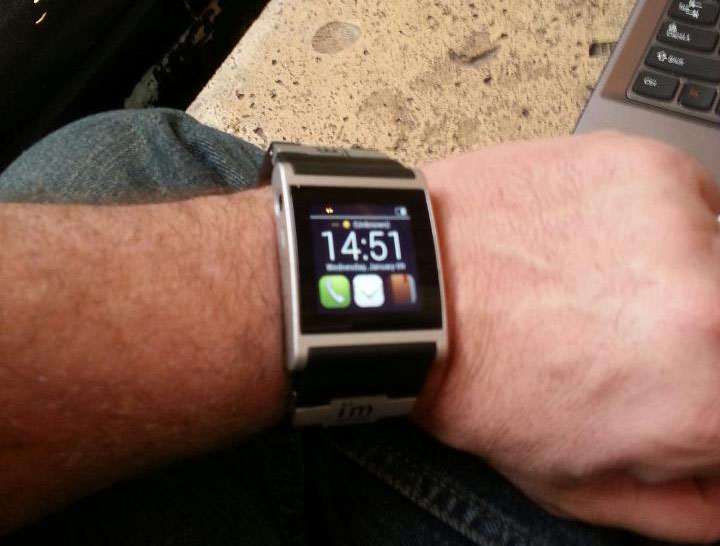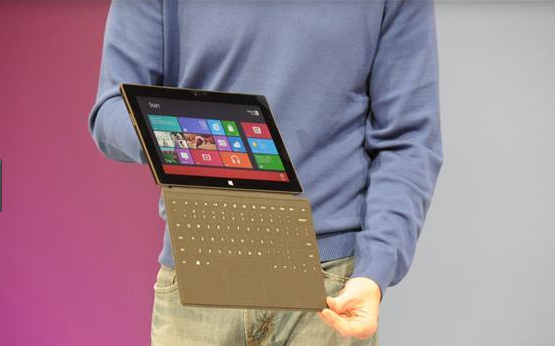Editorials
 |
In our second installment on wearable computing we will talk about why the timing is right for a new class of device and the steps that have been taking to bring them to the market. As we mentioned in part one we have been moving toward more portable yet functional forms of mobile computing. Along the way we go through a two distinct steps while these products get smaller. Step one is the companion or connected device and step two is the move to make these smaller product stand on their own.
- Details
- By Sean Kalinich
- Hits: 3930
Read more: Wearable Computing – What We’ve Got and What We...
 |
The internet is awash with articles about the Defense Distributed Liberator and how the US Government had the plans pulled from the internet. Some of the articles are for the decision and others are very much against it. The funny thing is that both sides have a point, but neither have been very good at conveying them. On the one hand information should be freely shared, but the sharing should stop when it opens up the potential for injury.
- Details
- By Sean Kalinich
- Hits: 2673
 |
Nokia could be in a tad bit of trouble with their decision to buddy up to Microsoft. It seems that investors are not willing to wait for their investment in Windows Phone to pay off and we can’t blame them. When Nokia made this decision it was more than a little controversial as Window Phone represented a mere fraction of the market and had not shown any growth potential to warrant making it the exclusive OS for Nokia. Many felt that it was only Stephen Elop’s close connections to Microsoft that enabled the deal as Elop was the head of Microsoft’s Business Division prior to taking the top spot at Nokia.
- Details
- By Sean Kalinich
- Hits: 2399
 |
Wearable computers have been a dream of many for a long time. The idea of this type of device goes much farther back than the computer itself and can been seen in comics and science fiction movies and books. Some examples of the gadgets are Dick Tracy’s two-way communicator wrist watch, Michael Knight’s Communicator/Computer watch from the TV Series Knight Rider and of Course Buzz Lightyear’s wrist computer. Ok so that last one was not really a good example, but you can see that there is no shortage of examples out there. Still, even with these examples we have not really reached the level where we have true wearable computing; we are getting close and some of the devices that are out on the market are impressive, but we are not there just yet.
- Details
- By Sean Kalinich
- Hits: 5280
Read more: Wearable Computing; Where it Came From, Where it...
 |
There has been a few articles that popped up over the weekend crowing about Microsoft’s Windows 8 and how it has jumped in numbers from 0 to 7.4% market share in a single quarter. The claim is interesting and also very misleading if you actually take the time to read the data used as a basis for this claim. In most of the articles that we read the data source is from Strategy Analytics which does not show ANY data that represents Q4 12 to Q1 13 they instead cover same quarter year to year (Q1 12 compared to Q3 13).
- Details
- By Sean Kalinich
- Hits: 3046
More Articles …
Page 23 of 89



